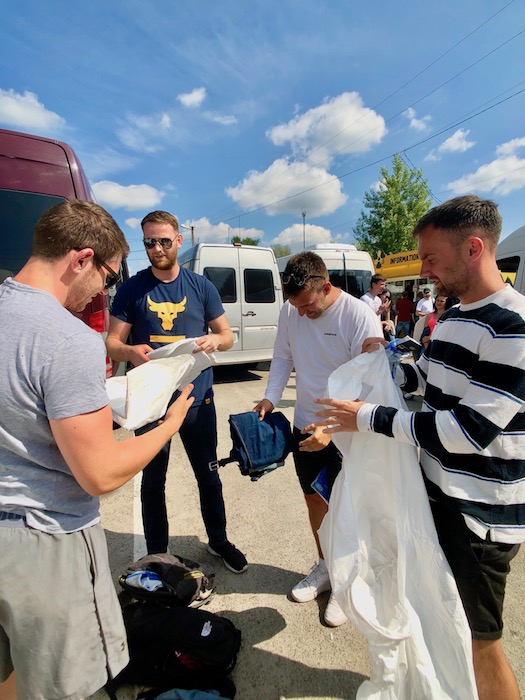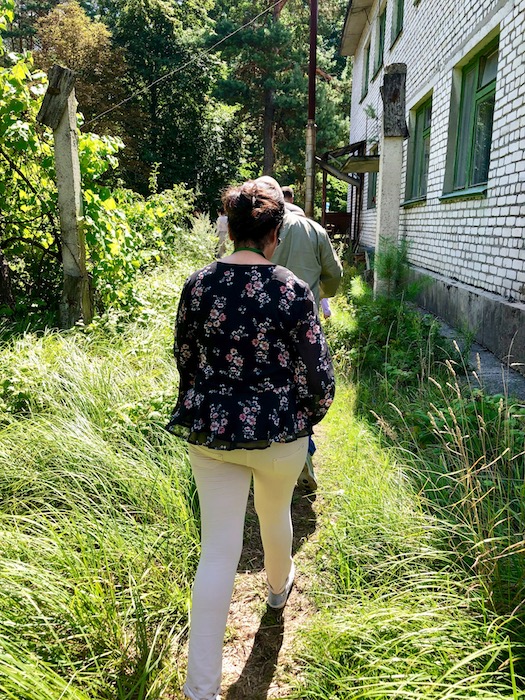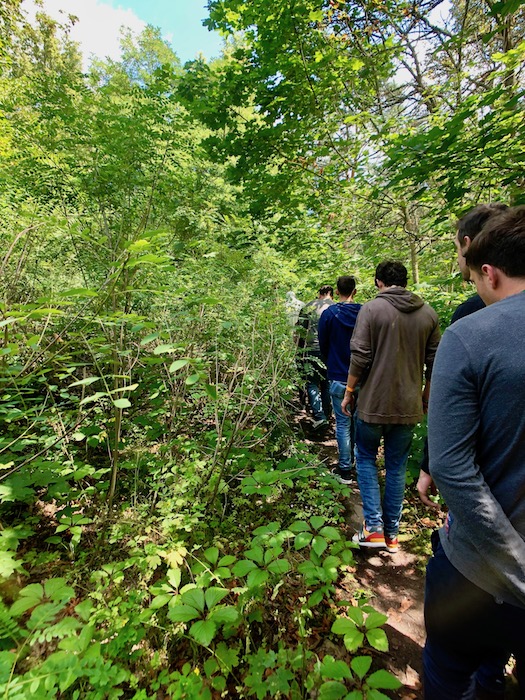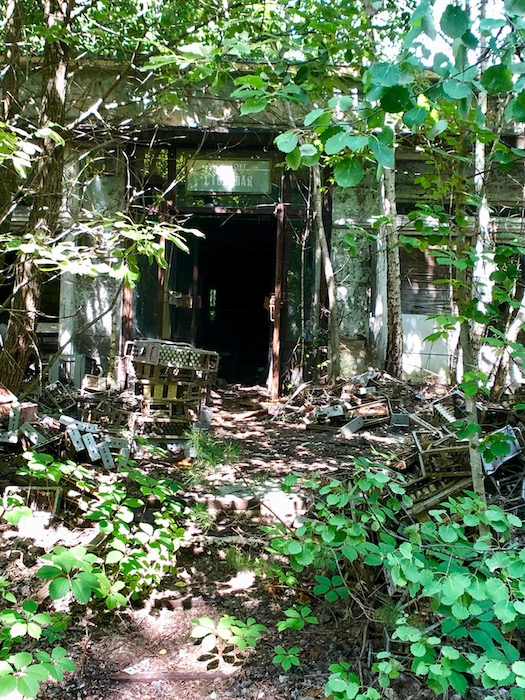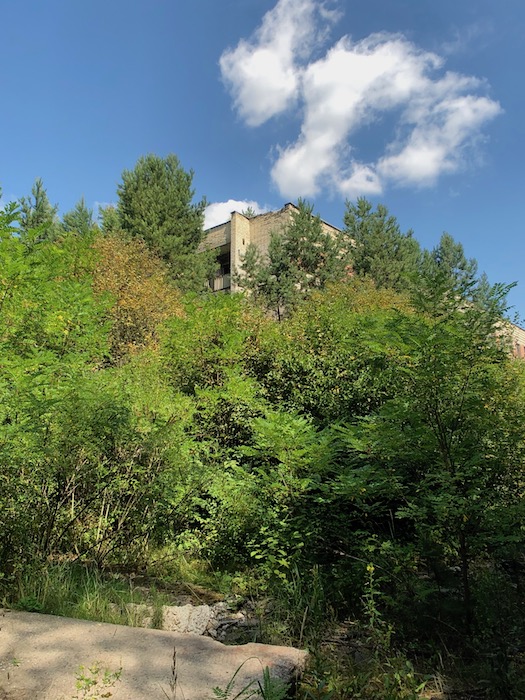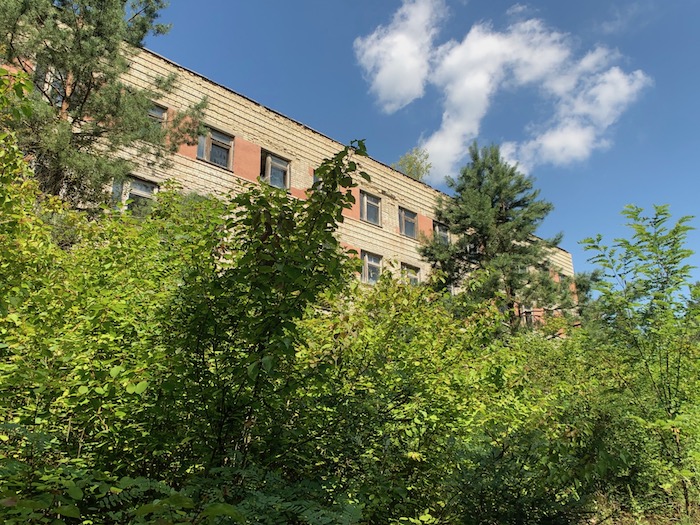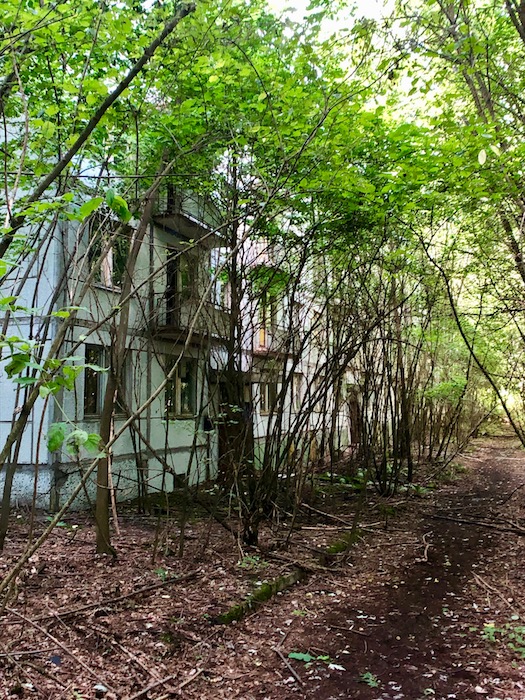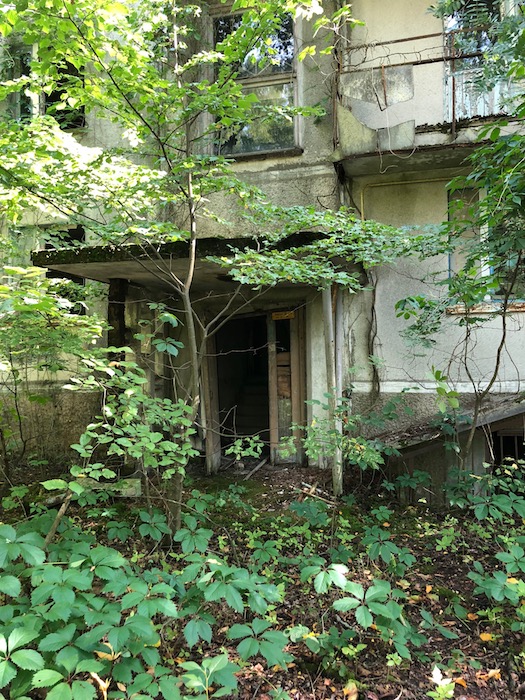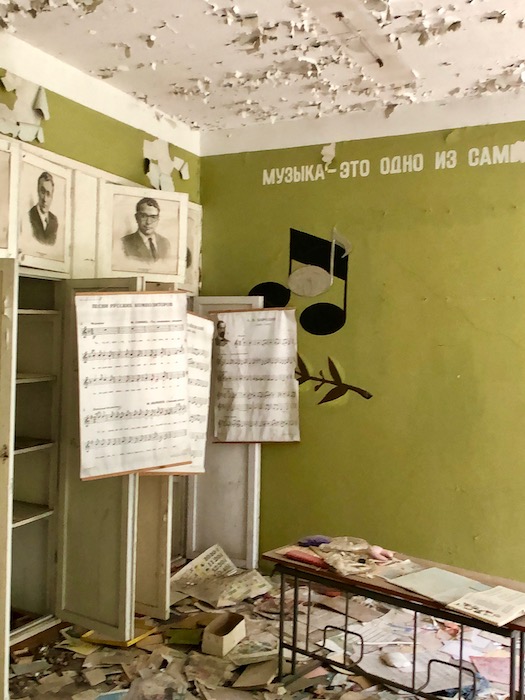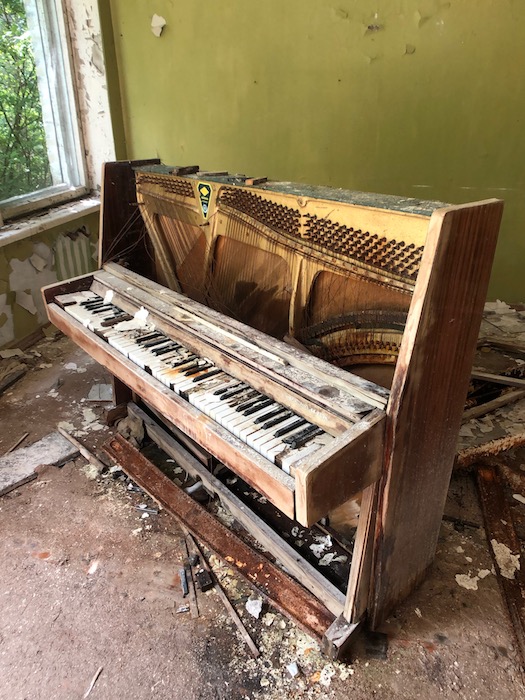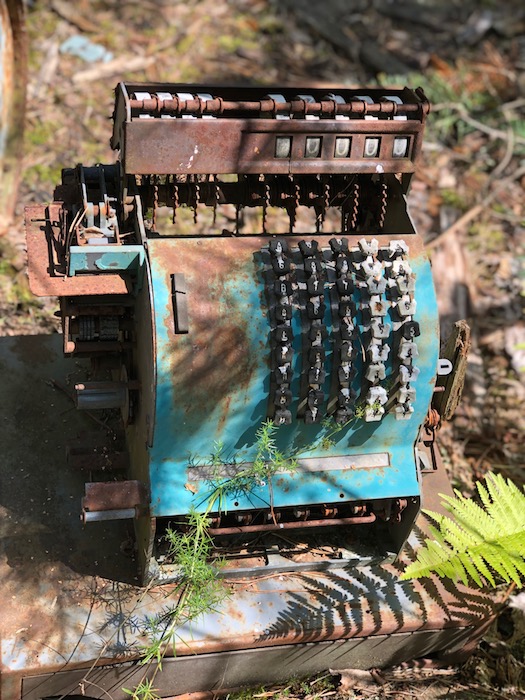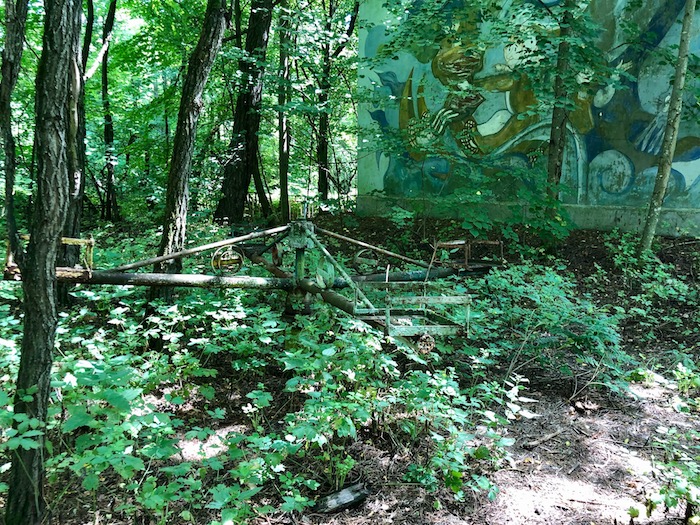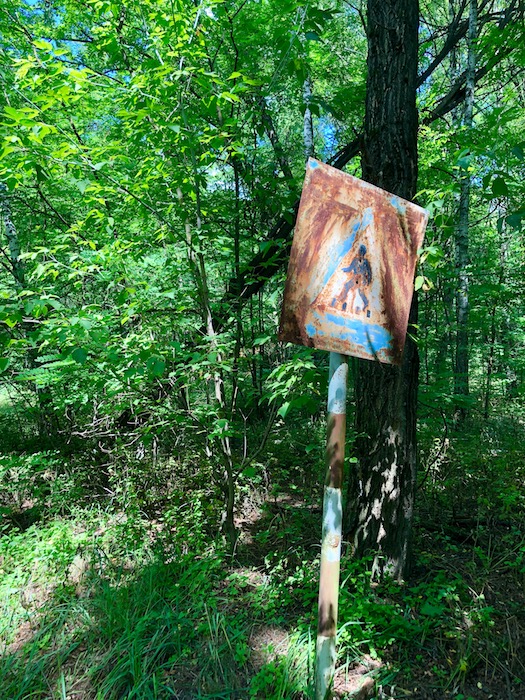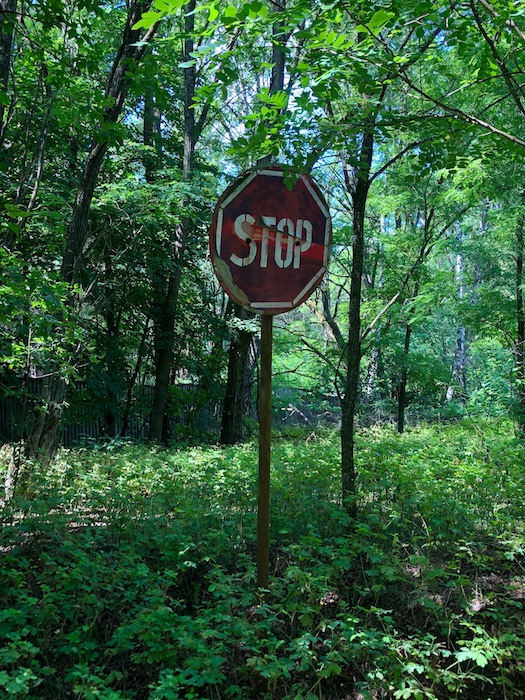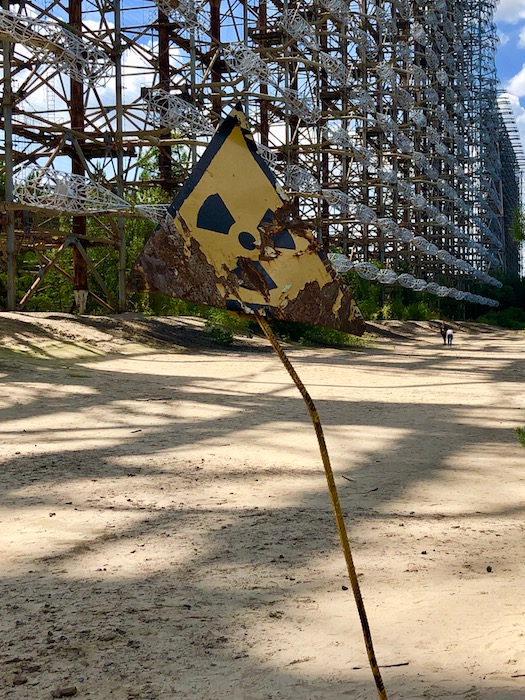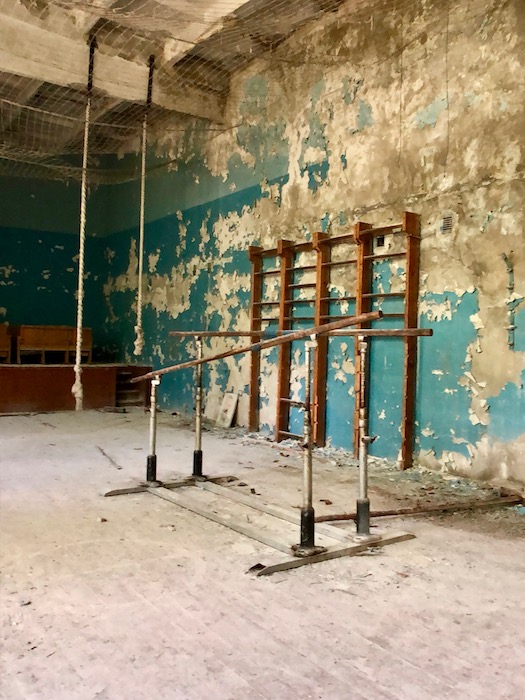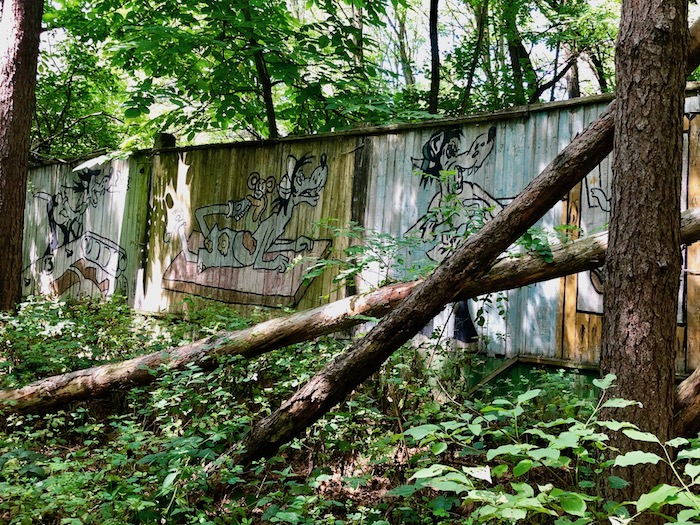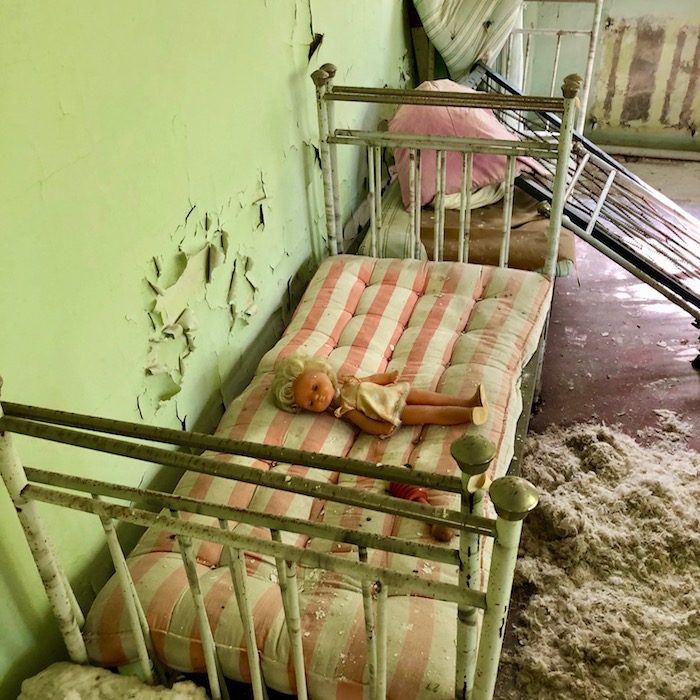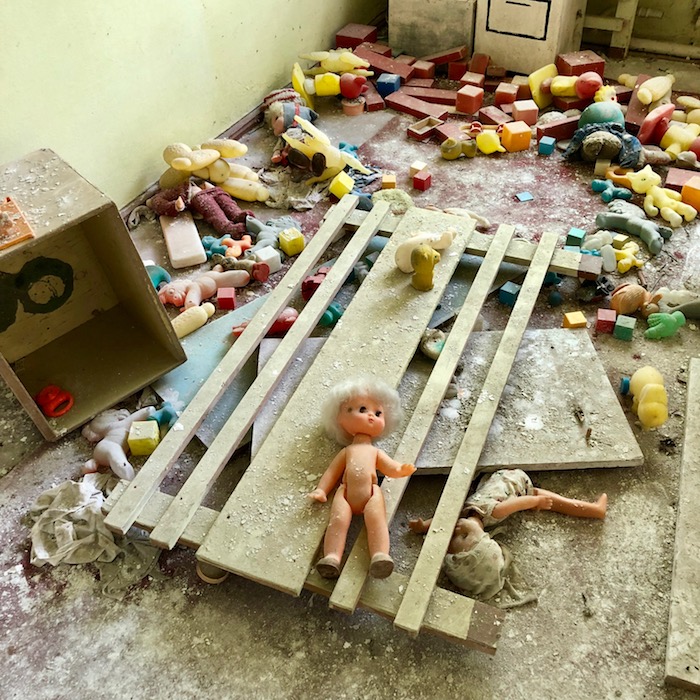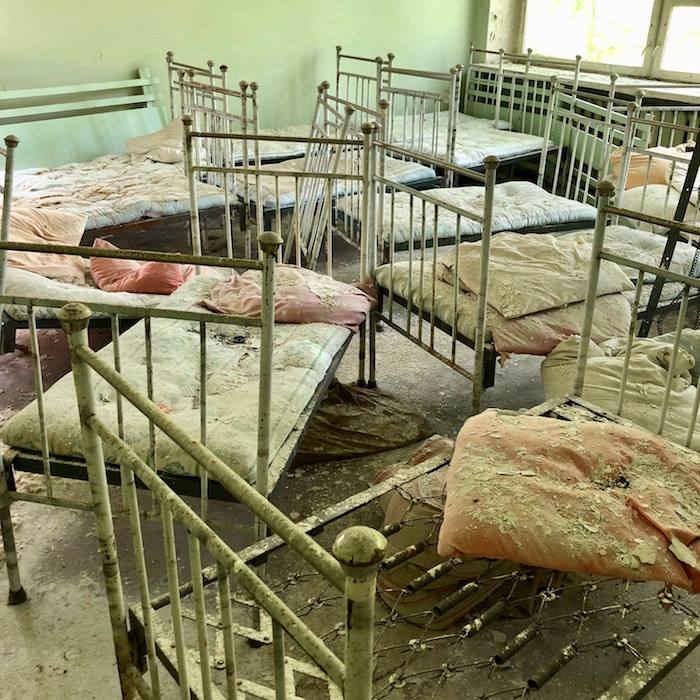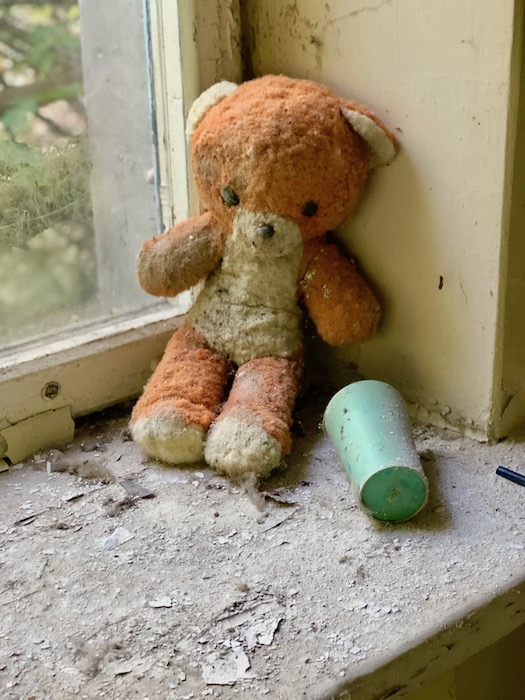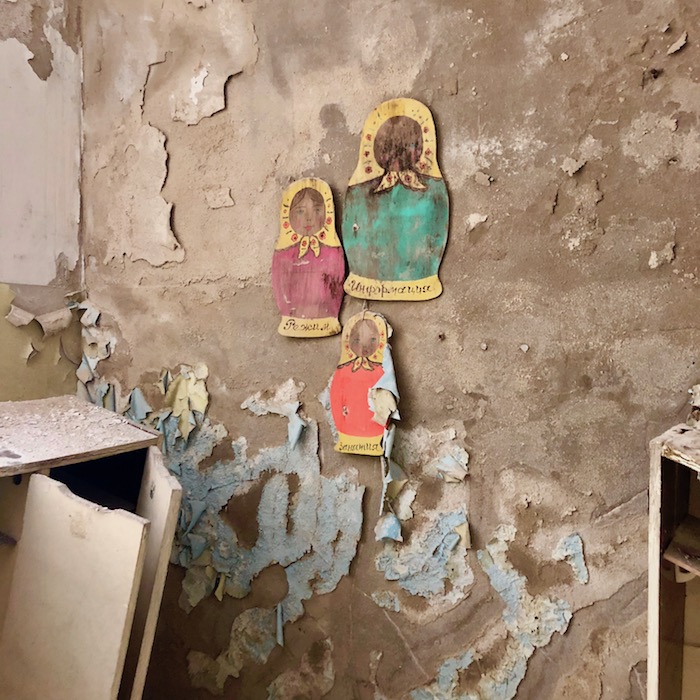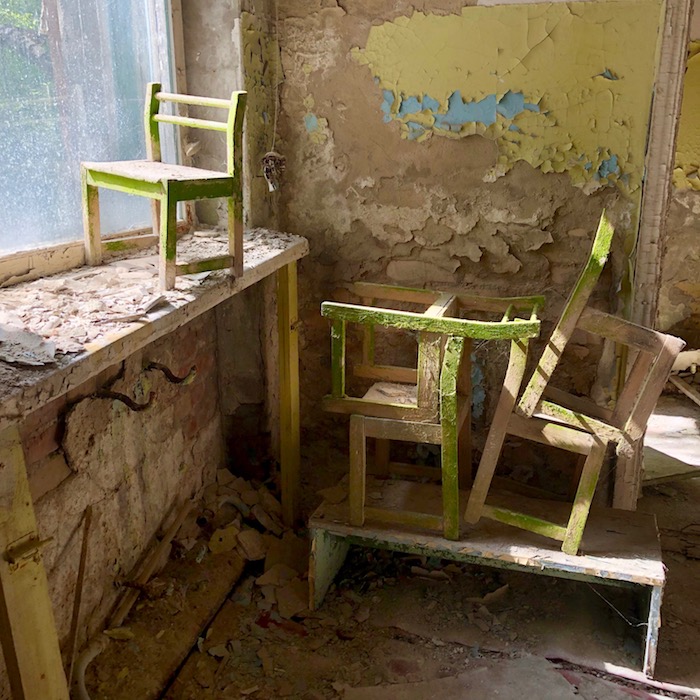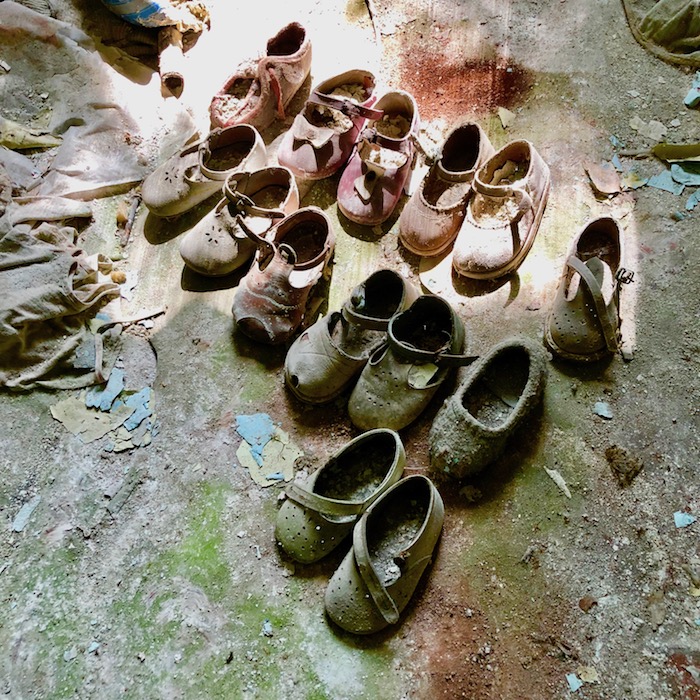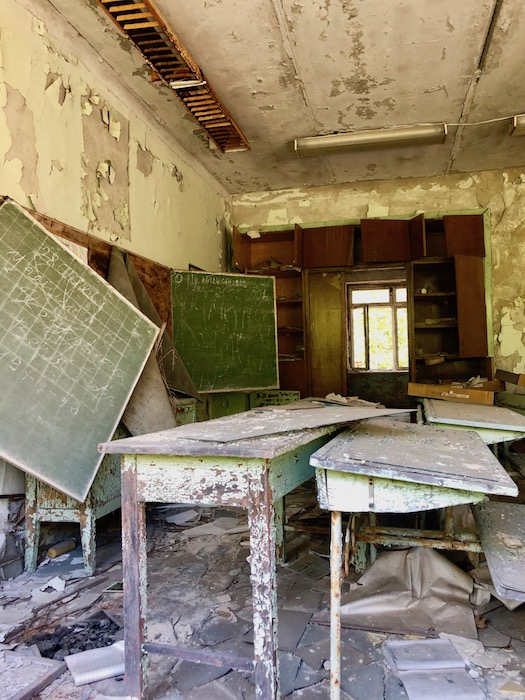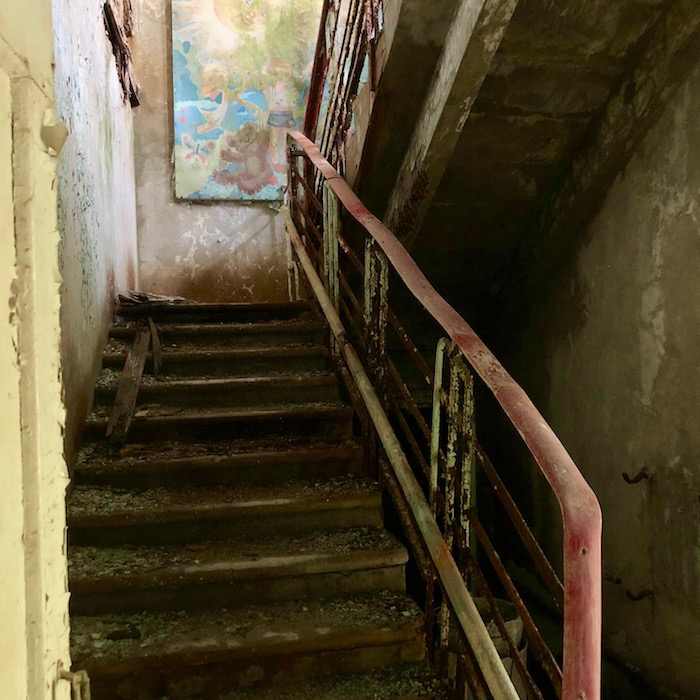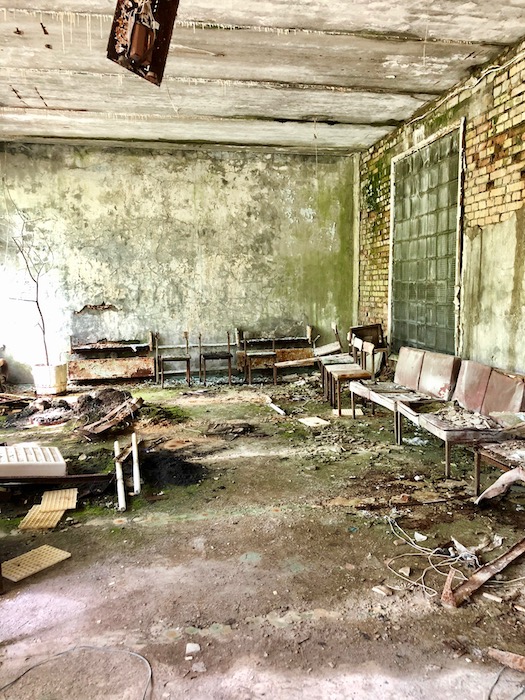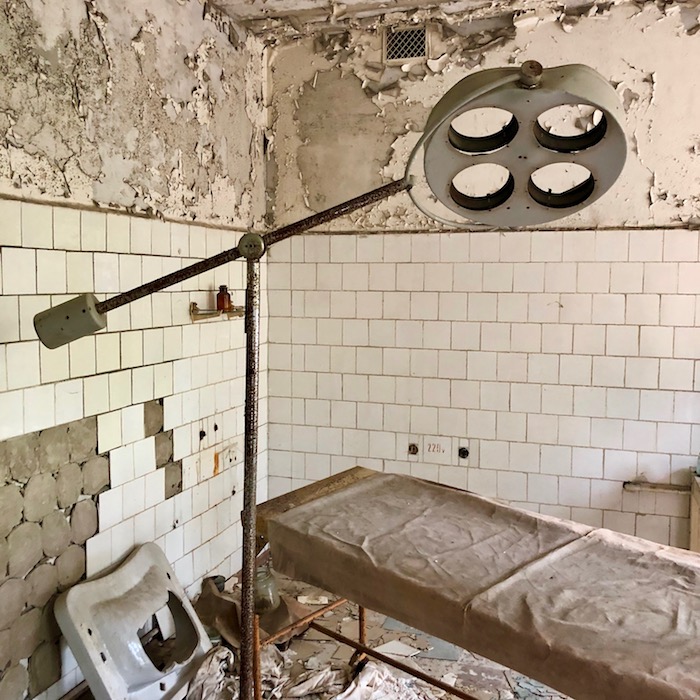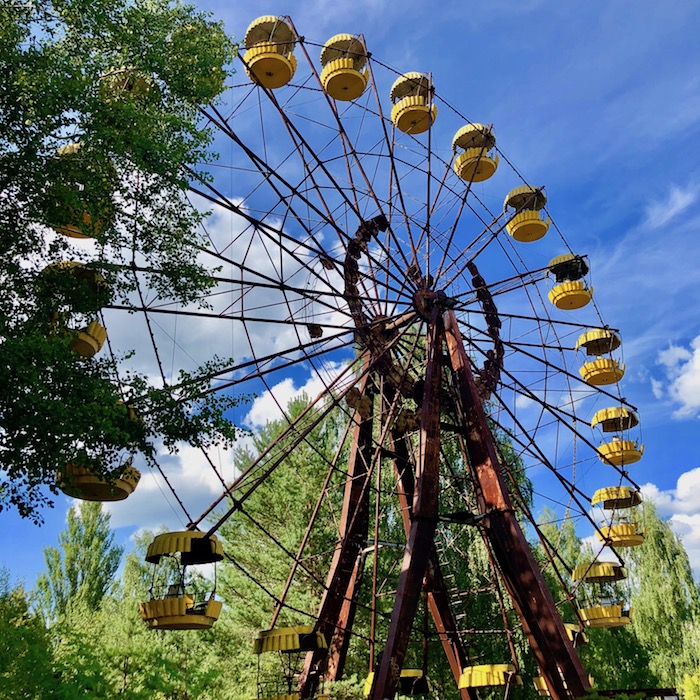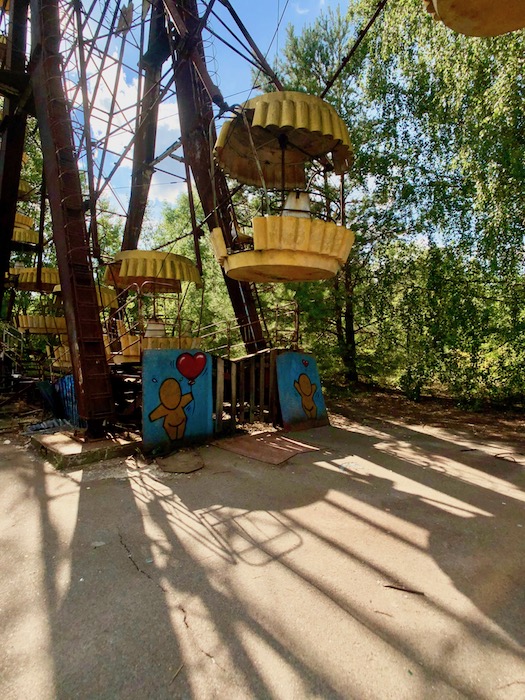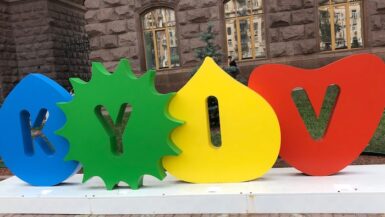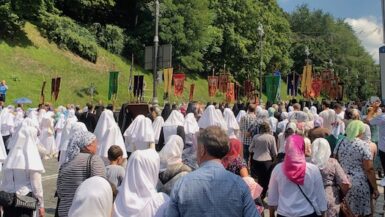July 28, 2019
At 1:26 a.m. on April 26, 1986, the world’s worst nuclear accident changed millions of people’s lives and, some say, the course of history. Chernobyl – it’s a name most of my generation know, but few really understand the extent of its destruction. While the recent HBO mini-series has once again brought Chernobyl to the forefront of many people’s minds, those that live near or in the exclusion zone never forget as they live with it every day.
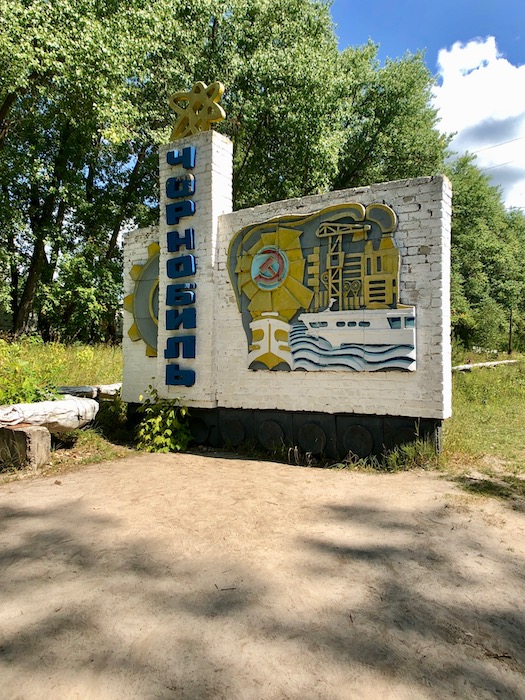
Yes, people still live and work in Chernobyl. At least 100 “grannies” refuse to leave because it is the only place they’ve ever known. People working in the area live two weeks on-site and two weeks out of the area to minimize radiation – but the effects are real and could have been avoided.
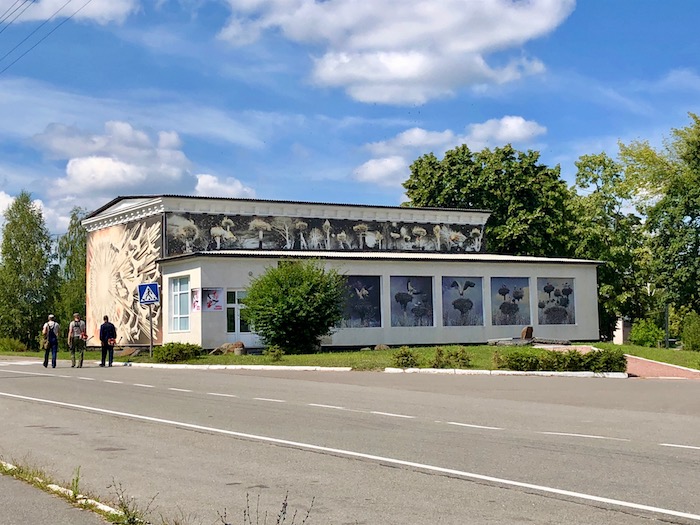
One wrong decision by incompetent facility personnel and inherently flawed design set up the accident, but it was the lack of reaction by the Soviet hierarchy, which caused the most damage.
For 36 hours after the accident, the residents of Prypiat were given little to no information regarding the accident and the hazards that put them and their children (born and unborn) at risk. Residents were finally given 50 minutes to gather up the bare necessities to be evacuated out of the area for, at most, three days. They were never allowed to return.
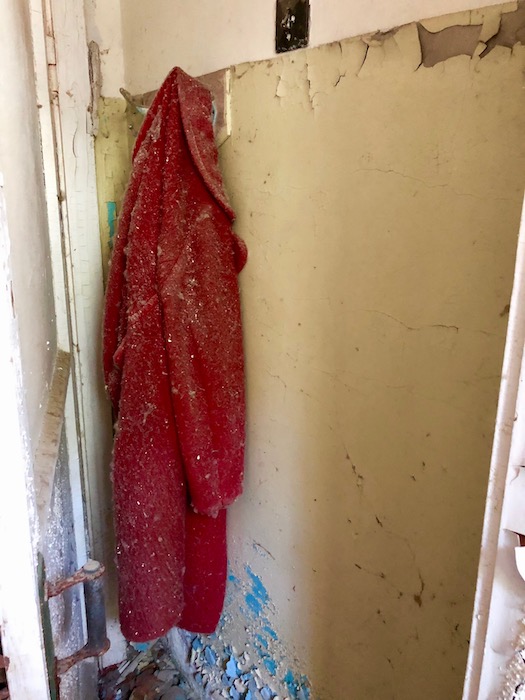
One can hope that we have learned from the dire mistakes made at Chernobyl, but have we?
Prior to leaving on my trip, I purposefully decided not to watch the new mini-series. I didn’t want to have any preconceived opinions. I had only the limited information I knew from being a news-watching 20-something at the time the accident occurred, three decades ago.
Although several people questioned my desire to take a day trip to Chernobyl, I felt compelled to see this part of history for myself. I weighed all the supposed dangers associated with such a trip and decided that, as long as I didn’t roll around on the ground near hot spots and followed the rules, I would be just fine. In fact, the amount of radiation I absorbed in the approximately six hours I was there was less than what I was likely exposed to on my flight into Kyiv.
Several companies operate tours to Chernobyl. Dream Hostel made the arrangements for me – I just had to show up at the designated time and place with my passport and dressed in long pants, a long-sleeved shirt, and closed-toe shoes. Children under the age of 18 are not allowed on any trip to Chernobyl. It does not mean, however, that there won’t be adults who act like children (we had a few of those on our tour). I was lucky to meet another solo woman traveler while waiting for the minibus to arrive. We clicked right away and were companions for the remainder of the day.
In addition to the tour expense, you have the option of paying for a white “hazmat” type jumpsuit, a Geiger counter, and lunch in the Chernobyl cafeteria (food is brought in from Kyiv).
Four British guys in our group purchased the suits and looked like a team of Ghostbusters the entire day. As the temperatures soared, all of them were sorry they had opted to wear suits instead of appropriate clothing. Since they’d stripped down to their underwear and only had t-shirts and shorts to change into, they were stuck wearing what amounted to giant white garbage bags all day. I was surprised they didn’t all succumb to heatstroke. They were sweaty sunburned messes by the end of the day.
As far as the Geiger counters go, while they were captivating for a while, people ultimately shut them off because the incessant beeping was downright annoying. Lunch was interesting – very Soviet-era with really bad borsch and mystery meat, but a really good sweet roll.

After driving from Kyiv for just under two hours, we met our guide, Oksana, at the Dytyatky checkpoint, where our passports were double-checked, we were given a piece of paper with a scan code that “could not be lost,” and were issued lanyards with tiny radiation absorption monitors that had to be worn all day. We would go through a second checkpoint 10km from the reactor.
Although Oksana was born well after the accident, she was a wealth of information about the accident and its effects. As a Chernobyl guide, she lives in Chernobyl-town for two weeks and then has two weeks off. When asked why she does this job, exposing herself to constant radiation, she told us that she is paid the equivalent of double-time as hazard pay. Accordingly, she only has to work 7 years, instead of 14, before she can “retire” (she worked 5-6 years as a teacher before becoming a tour guide). To her, the risks are worth it.
Throughout the day, we were surprised by the amount of walking we did within the exclusion zone.
We didn’t dally for long at the memorial not too far from the silo-covered Reactor No. 4, but we did walk for hours through the overgrowth and forests of trees to reach the buildings hidden in the greenery.
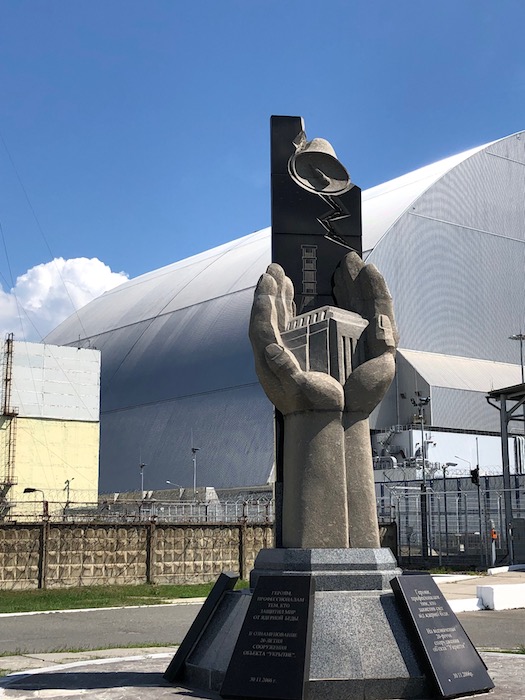
Nature has taken over where Prypiat, a new, burgeoning city, once stood. Tromping through the woods, a building would suddenly appear as if out of nowhere.
The term ghost town took on new meaning as we walked the overgrown streets and through buildings where the residents once worked, played, and lived.
The most haunting places were those associated with children – the schools, playgrounds, and nurseries. Books, toys, shoes, and other personal effects were strewn on the ground and on top of desks. I’m sure that these things have been moved in the 33 years since the disaster and perhaps staged for photo opps, but their existence was no less disturbing.
As we walked the halls of schools, hospitals, supermarkets, cinemas, and apartment buildings, it was eerily quiet and the presence of long-ago Prypiat residents was palpable.
You can almost hear the laughter of children on the Ferris wheel in the amusement park that never opened.
Words really can’t begin to explain the feeling you get in the zone – it’s something that has to be seen to believe. In a blink of an eye, lives were interrupted and destroyed.
It was very moving and a day I won’t soon forget.

P.S. My monitor readings at the end of the day were fine. I’m assured I won’t glow in the dark.


